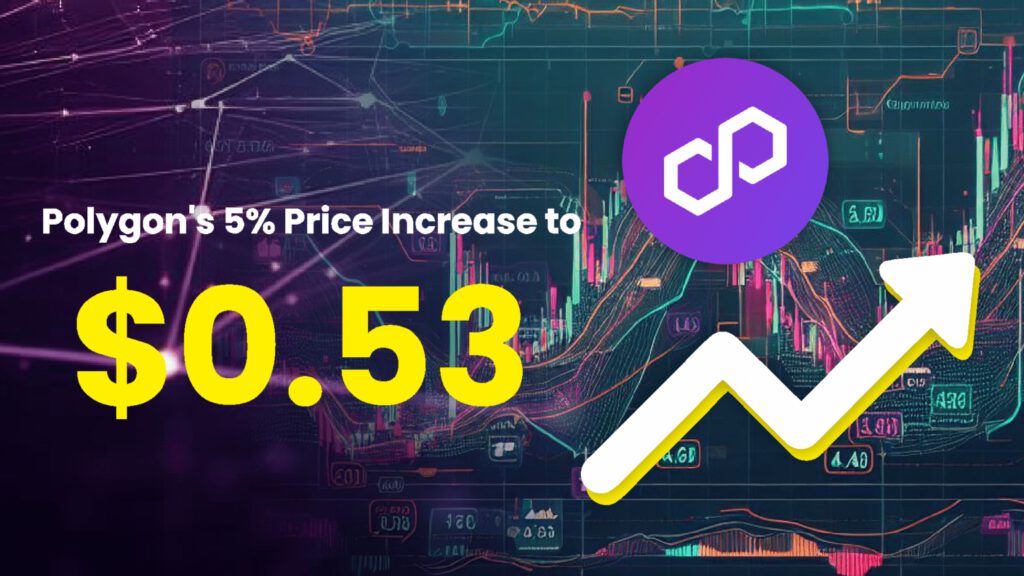Overview
Polygon (MATIC) witnessed a significant surge in its price, climbing 5% in the last 24 hours. This surge was triggered by the US Securities and Exchange Commission (SEC) dropping charges against Ripple’s top executives. This development holds substantial implications for MATIC, an Ethereum layer 2 scaling protocol.
Background
The SEC had previously categorized MATIC as a security token along with other assets like Solana (SOL) and Cardano (ADA) in June. However, the recent decision to drop charges against Ripple’s executives signifies a potential shift in the regulatory landscape.
Price Movement
Ripple’s executives interpret this move as a sign of the SEC’s surrender after a prolonged legal battle that began in December 2020. While the court ruled that XRP was partially not a security, certain sales, specifically those made directly to institutional investors, were considered security tokens. This development caused a brief rally in MATIC’s price to $0.547, although it has since retraced to $0.533.
Technical Analysis
Technical indicators suggest a bullish sentiment for MATIC. The Moving Average Convergence Divergence (MACD) indicator signals a call to buy MATIC, indicating a path of least resistance to the upside. Additionally, MATIC’s price is retesting support at the double-bottom pattern neckline, with an initial breakout pointing to a 6.4% target of $0.568.
Concerns and Potential Declines
However, traders must remain cautious. MATIC’s price is currently trading below the 200 Exponential Moving Average (EMA) on the four-hour chart. If the support at the neckline ($0.534) breaks, it could trigger a sell-off. The first support level is anticipated at the 100 EMA ($0.527), followed by the second at $0.52.
Conclusion
The drop of charges against Ripple’s executives has injected optimism into the cryptocurrency market, impacting assets like MATIC. While the recent surge is encouraging, traders and investors should monitor key support levels and technical indicators closely to make informed decisions amidst potential market volatility.


